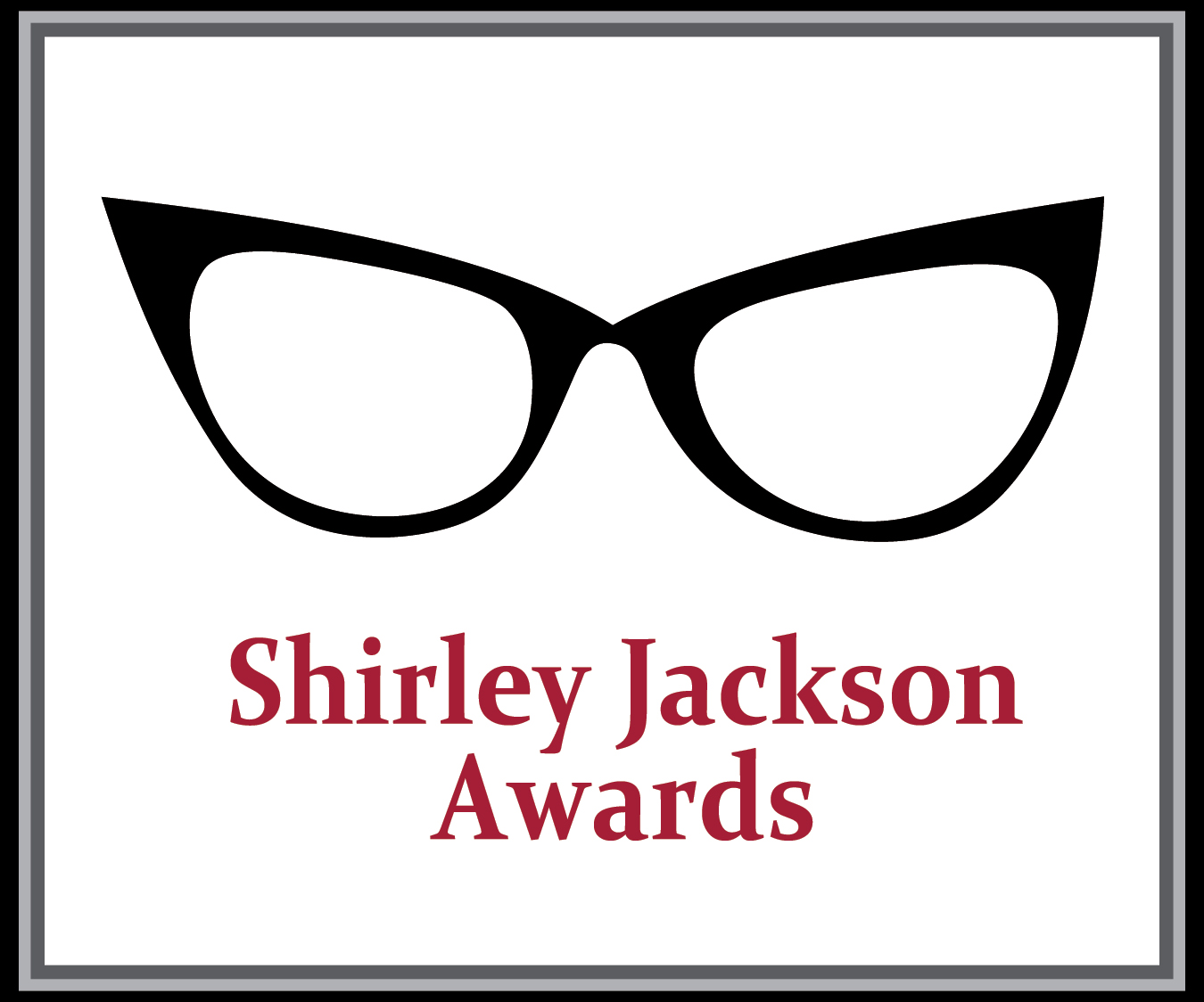Ellen Datlow and Terri Windling are the editors of the Shirley Jackson Awards nominated anthology Teeth.
For Teeth, what was your collaboration process like? Has it remained the same, with each of you being able to pick one story that the other didn’t necessarily like?
Ellen: Yes, our collaborative process remained the same, although I don’t recall us disagreeing about any of the stories in Teeth….
Terri: It’s true that we’ll sometimes publish a story that one of us is lukewarm about if the other really loves it (though not a story that one or the other of us actively dislikes). This doesn’t happen often, however…and with Teeth is didn’t happen at all. We both loved every single tale we chose — and even a few that we had to turn down because we ran out of room!
For your YA anthologies, when it comes to themes, you’ve done fairy tales and mythic fiction. Lately, you’ve been wading into “darker” territory, whether it’s villains, or in Teeth’s case, vampires. What’s the appeal of this darkness for you, and why do you think it appeals to readers of YA?
Ellen: There have always been at least a few dark stories in the books that we’ve co-edited…but yes, you’re right, we do seem to have moved into somewhat darker territory with Teeth, Troll’s Eye View, and also with our forthcoming dystopian anthology, After. I’ve always been attracted to dark fiction, and have edited many horror anthologies, so for me this darker content is nothing new. Teeth, in particular, was a natural for me as I’ve previously edited three anthologies of vampire stories for adult readers.
Obviously the success of Twilight influenced us in thinking that an anthology of vampire stories would be of interest to young adult readers. But Teeth is meant to be the”anti-Twilight”…not just in terms of emphasizing the quality of the writing over romantic intensity, but also because most of the stories are very effective in demonstrating the down-side of being a vampire, and why it may not be a dream come true. We hope that young readers who are tired of the sparkly vampire will be attracted by our book.
Terri: It seems to me that our strength as an editorial team has always been that we come at the literature of the fantastic from two different directions: Ellen with her background in dark fantasy and horror, me with my background in high fantasy and mythic fiction. Thus we cover a broad spectrum of tales, with our taste overlapping in the middle.
I’m a folklorist, so our various myth and fairy tale anthologies were built upon themes that I had a strong personal interest in, whereas Ellen was the driving force behind Teeth, and After, and I followed her lead on these two books. As the writer in our editorial partnership, it fell to me to write the introduction to Teeth (with input from Ellen, which is why her name is on it too), which required a good deal of reading and research to make sure I was up to speed on the topic…as opposed to the intros in the myth and fairy tale anthologies, where I was covering familiar territory. Teeth pushed me out of my editorial comfort zone, but sometimes that can be a very good thing. Our goal from the beginning was to take a familiar (almost too familiar) topic — YA vampire fiction — and do something fresh and original with it. A daunting task! I feel that we achieved it, however — although the credit, of course, really belongs the wonderful group of writers we worked with.
What was your criteria in selecting the contributors/stories for Teeth?
Ellen: We wanted to combine stories by authors known for YA fiction with stories by those better known for adult work — including writers you wouldn’t immediately think of when you hear the words “YA vampire fiction,” but who we knew were up for the job! With all our anthologies, we begin by drawing up a “submission invitation list” of writers whose work we admire, and who we think can write a smashing story on the theme. These lists always include a mix of well-established writers and talented newcomers.
Terri: As the stories began to come in, our criteria for selection was based on the quality of the writing, of course, but also how each story fit the anthology as a whole.
Ellen: When an anthology is built on a single theme, it’s important to acquire different types of stories with different voices. That was our aim, and I think we succeeded.
